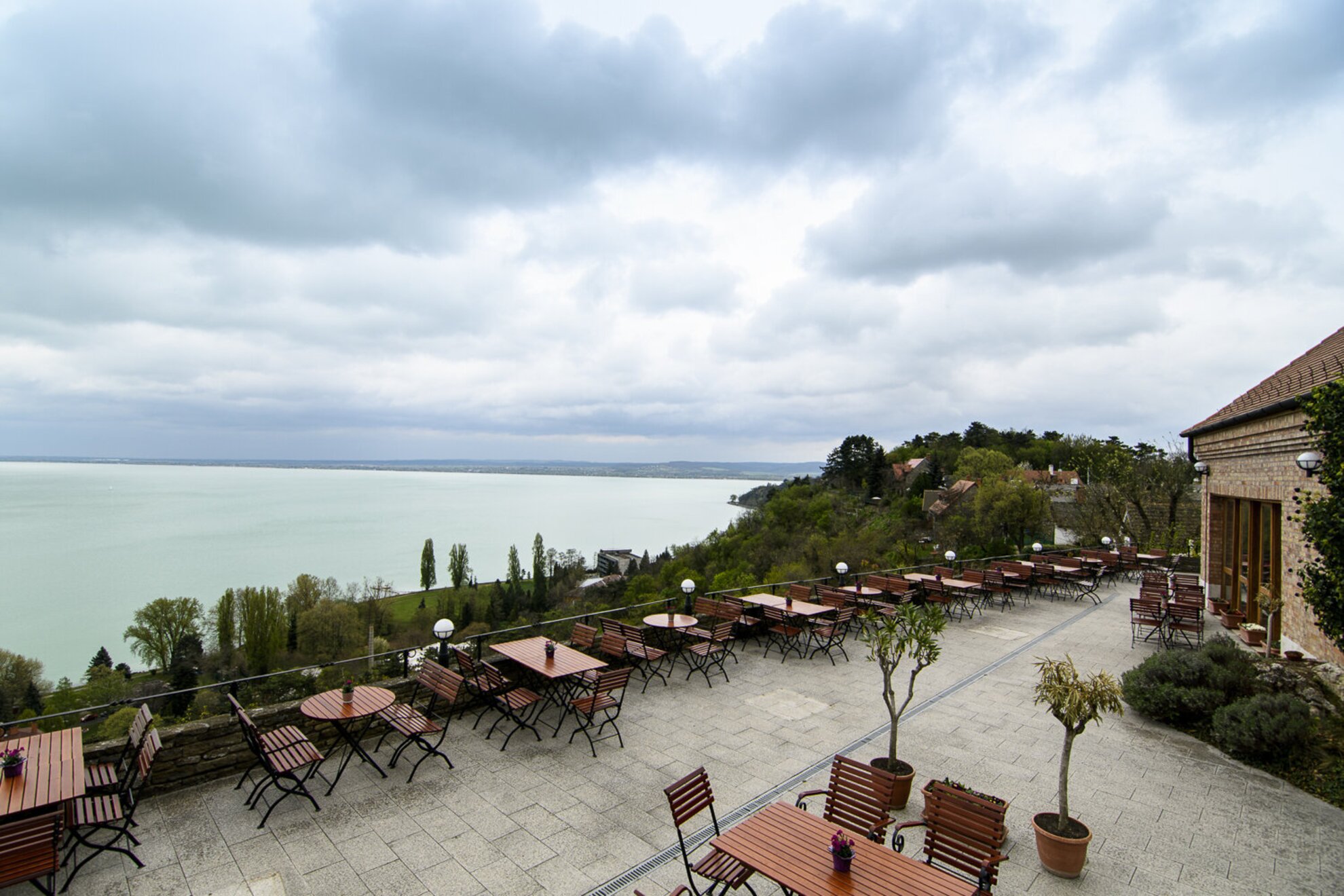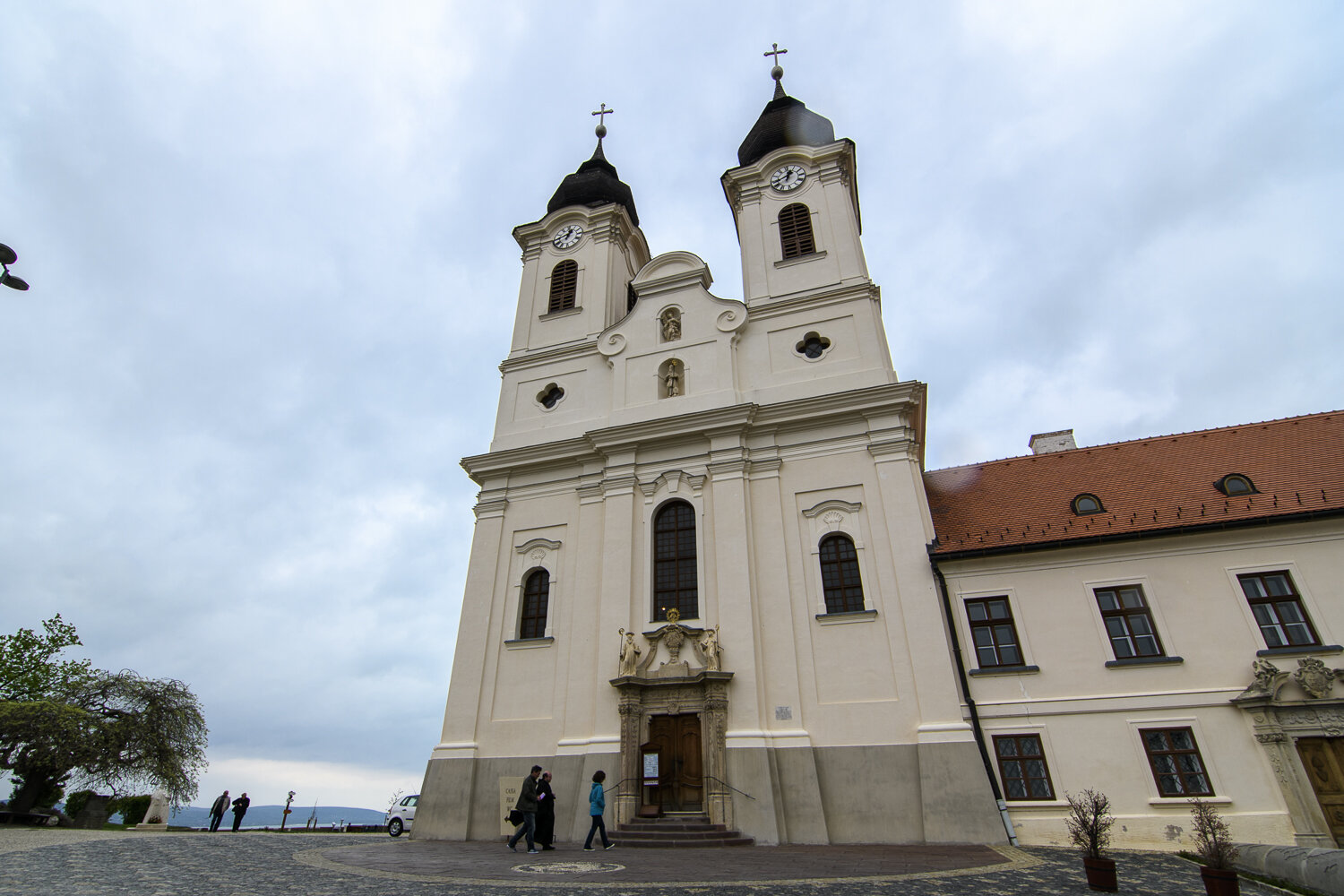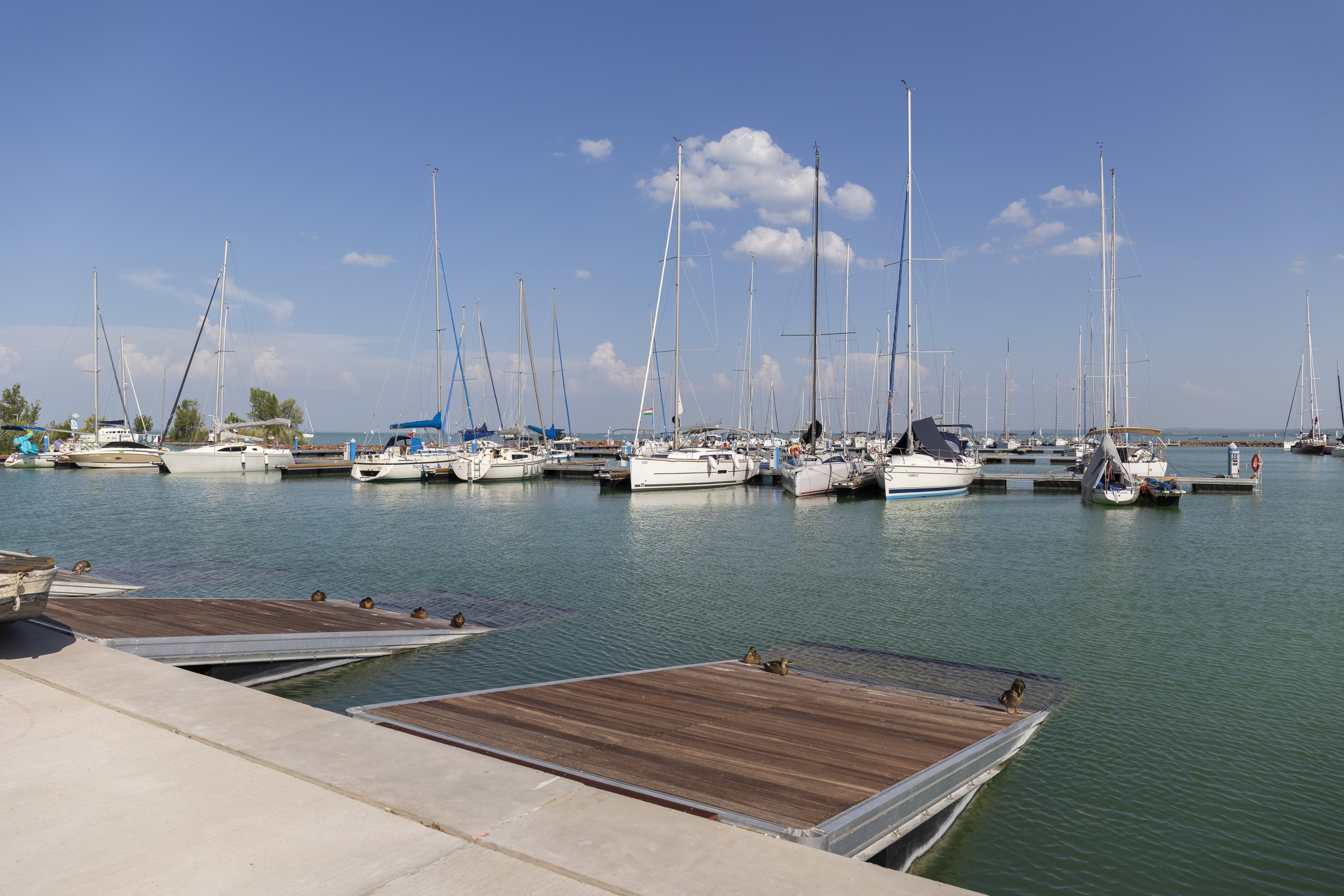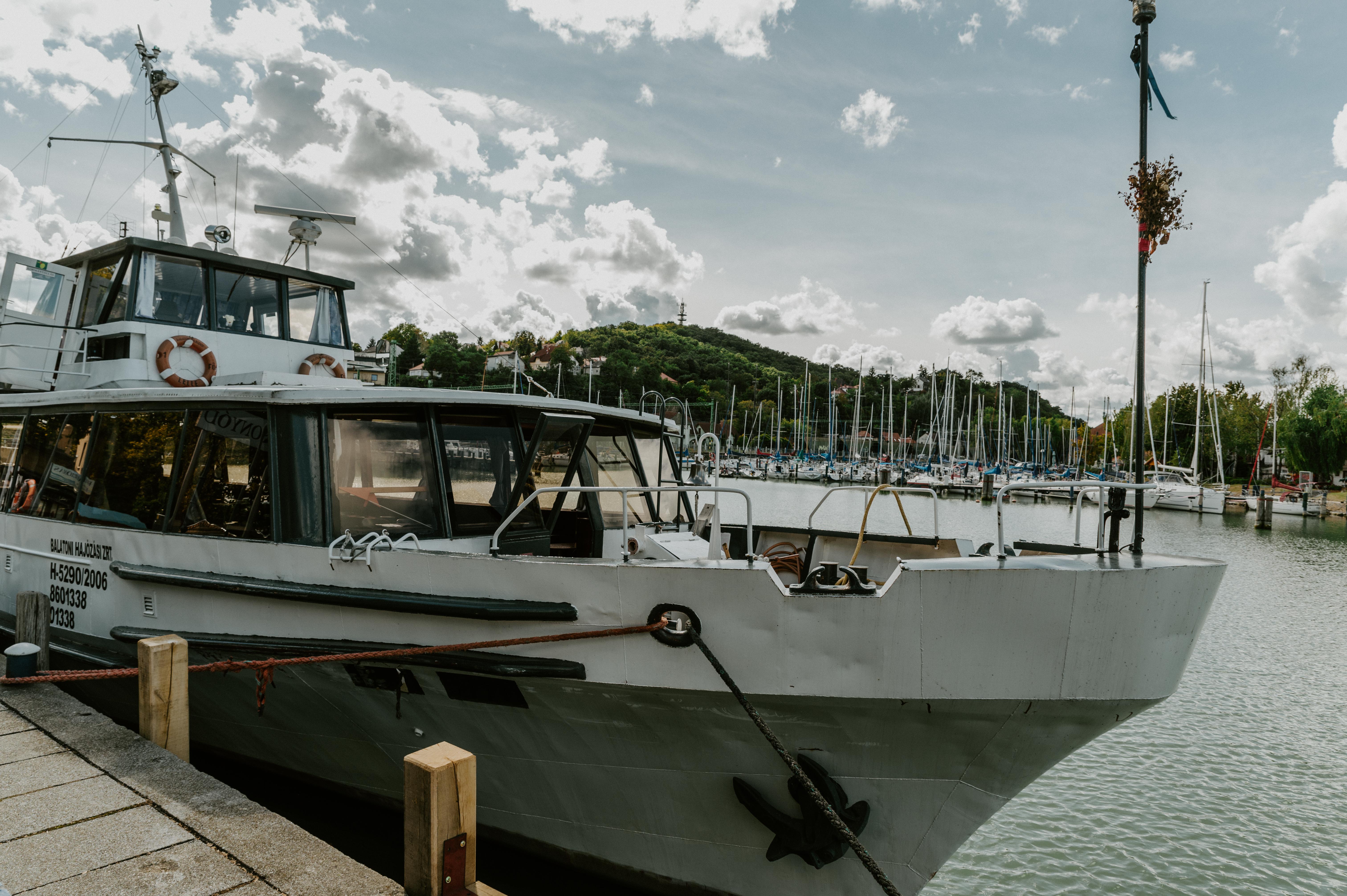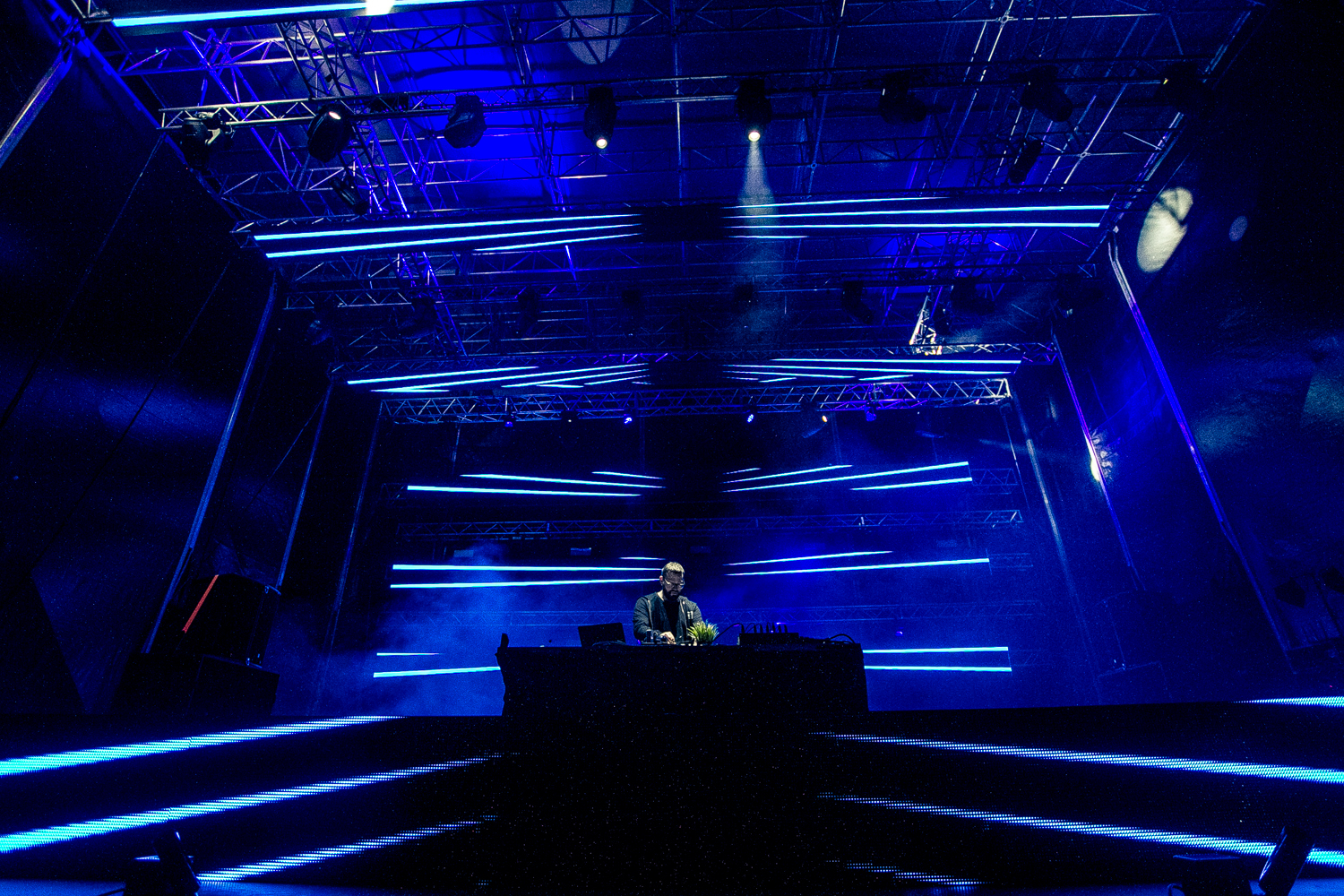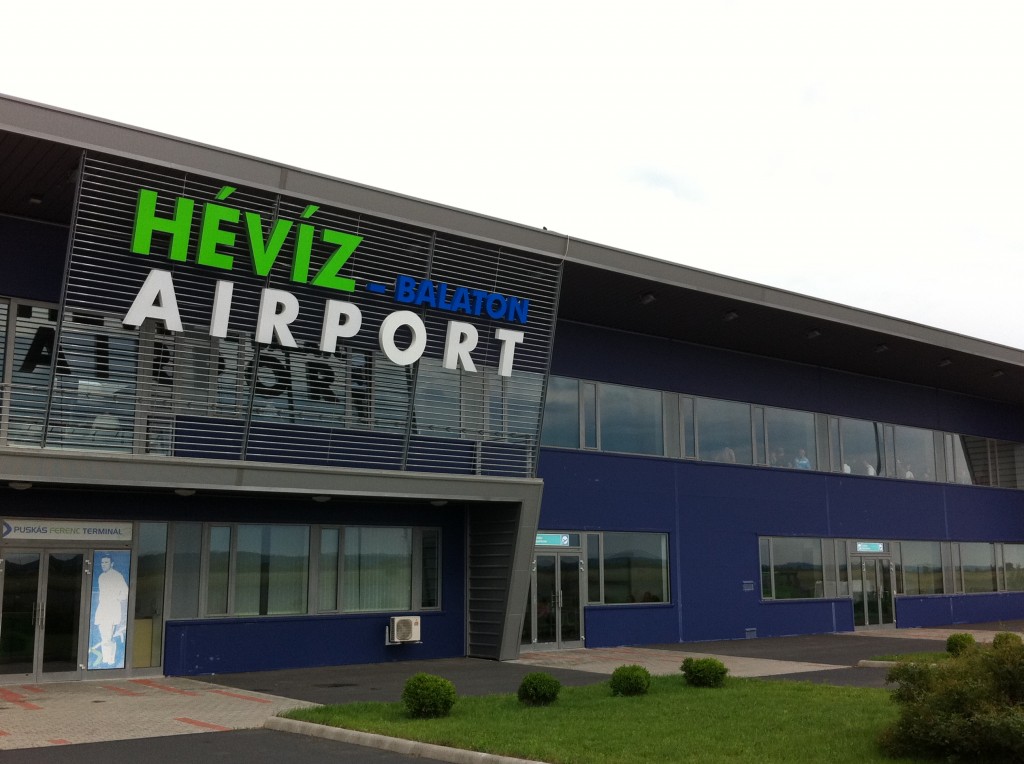The recently introduced abbey tour of almost two hours starts at Porta Pacis, the visitor center called the Gates of Peace. Here they screen a short movie some 15 minutes long showing the history of the abbey. Ágoston Barkó, your guide, will inform you that while there were many German-speaking tourists in the past, recently there has been a sharp increase in the number of Asian visitors. Leaflets and information boards are now provided in Chinese.
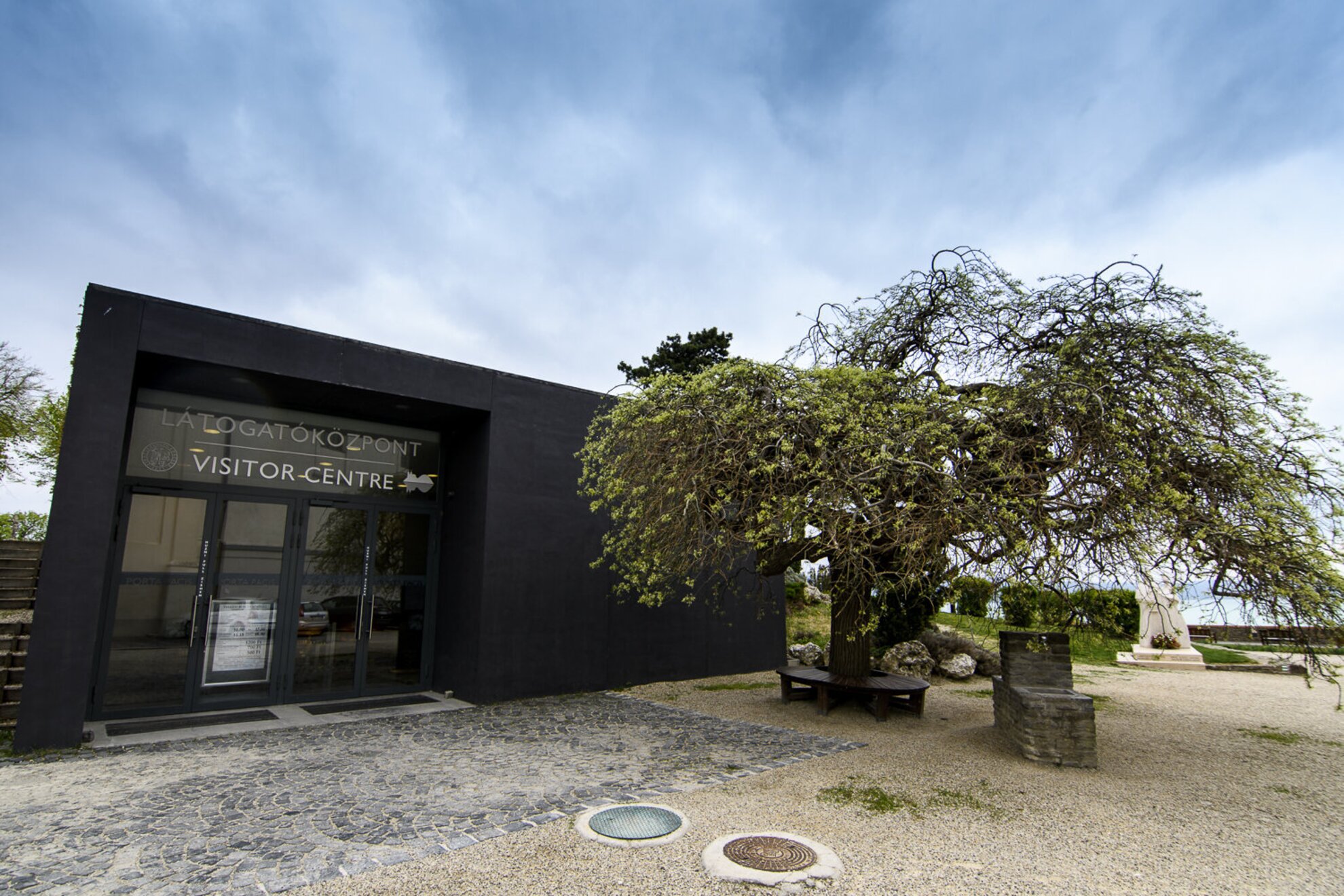
Following this cinematic appetizer, the Baroque church is the next course of action. Father Ágoston explains about the numerous changes that have recently taken place. Besides the portable rows of chairs, one of the confessionals has also been modified: “We decided to convert one of the two confessionals so that it suits modern requirements. Now the visitor and the confessor can speak to each other directly in the booth on the left, with no barrier between them”. The openness of the confessional booth might well be a metaphor for the values of the abbey: a symbol of the civilian and ecclesiastical clan drawing closer to each other with the disappearance of the invisible walls.
Father Ágoston, also a history teacher, talks enthusiastically about the church and the Mary and Jesus statues within. Anyone can freely admire the statues and the other sights of the nave but the guided tour will take you to places that you couldn’t otherwise visit, such as the area in front of the main altar and the Baroque sacristy. According to Father Ágoston, when the space before the altar was open to the public, it was regularly damaged by souvenir collectors. Parts of the wooden rail disappeared, so the abbey management decided to close it off. In the sacristy, you can admire the frescoes and a vestment from Lyon dating back centuries.
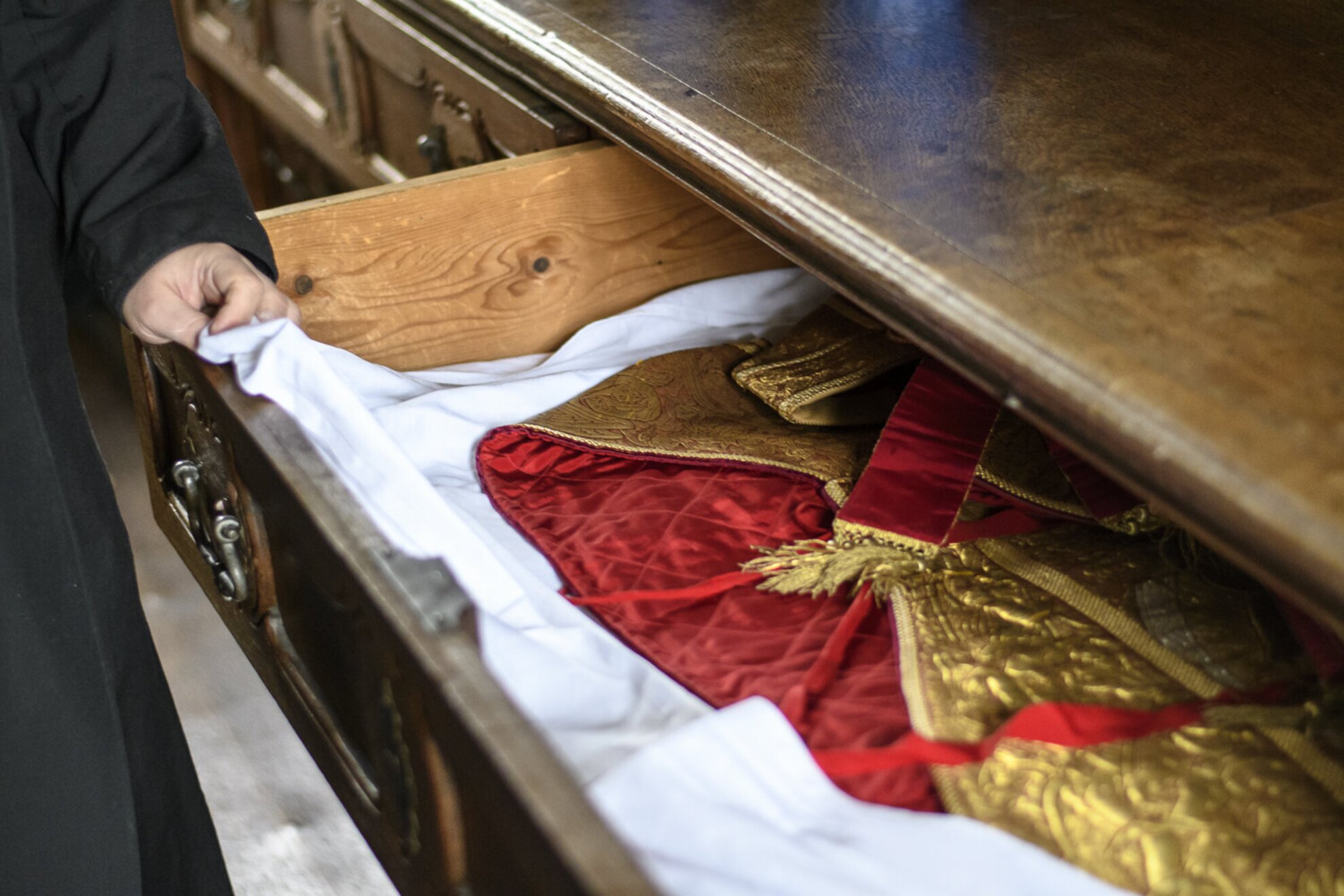
Here you also learn more about the process of using incense. From the windows of the sacristy, you can see Lake Balaton, a unique view that make it feel as if the abbey is standing in the middle of a huge sea. There’s a small plate on the window sill, where the charcoal used during worship is left to smoulder.
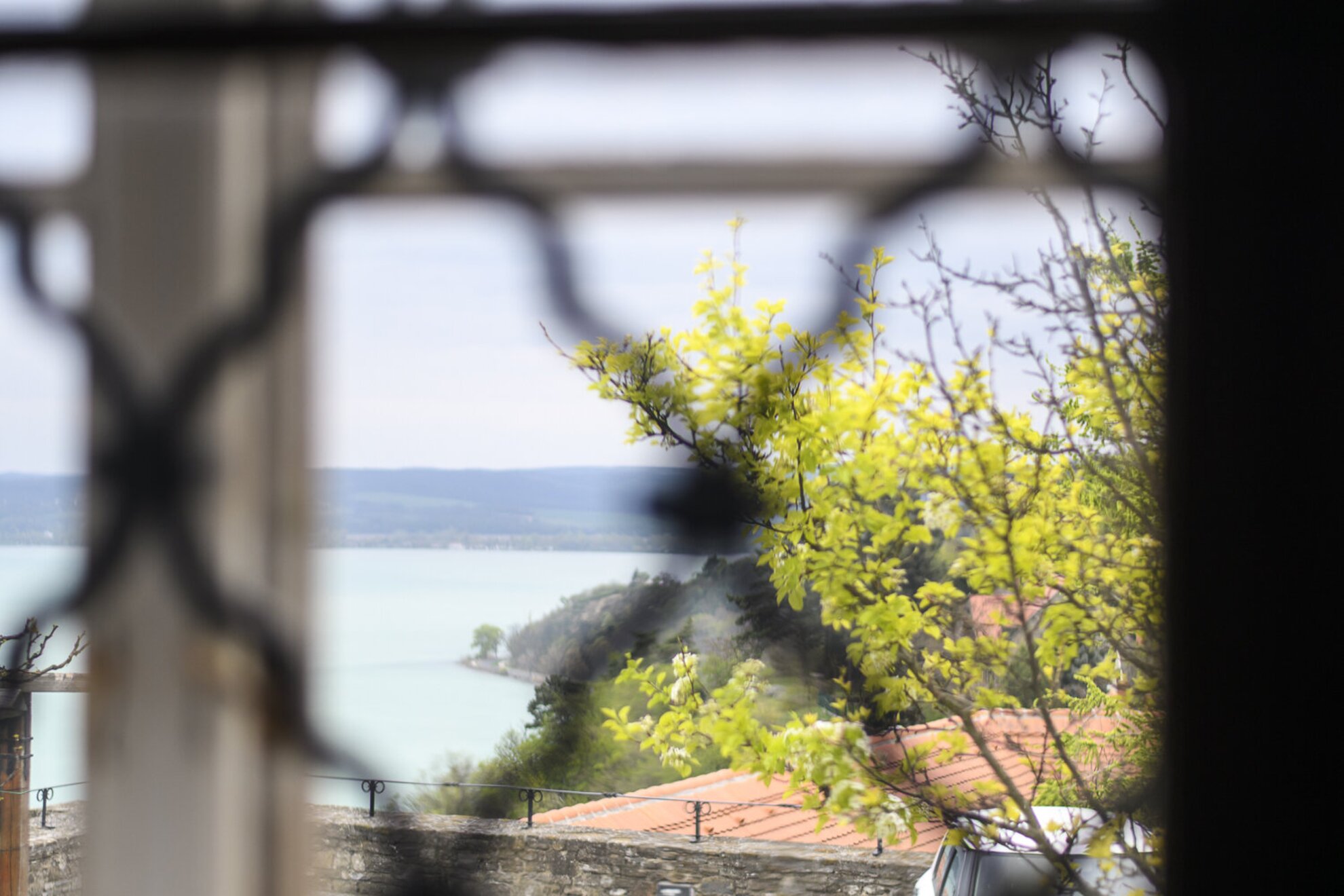
The crypt of Andrew I of Hungary is located below the altar. “During archaeological excavations, the skeleton of a man was found, probably that of King Andrew, but its precise determination requires further examination.” At the foot of each column holding the ceiling of the crypt, grooves in the floor date back centuries, indicating that the final resting place of the abbey’s founding king used to be a lot more spacious than it is today.
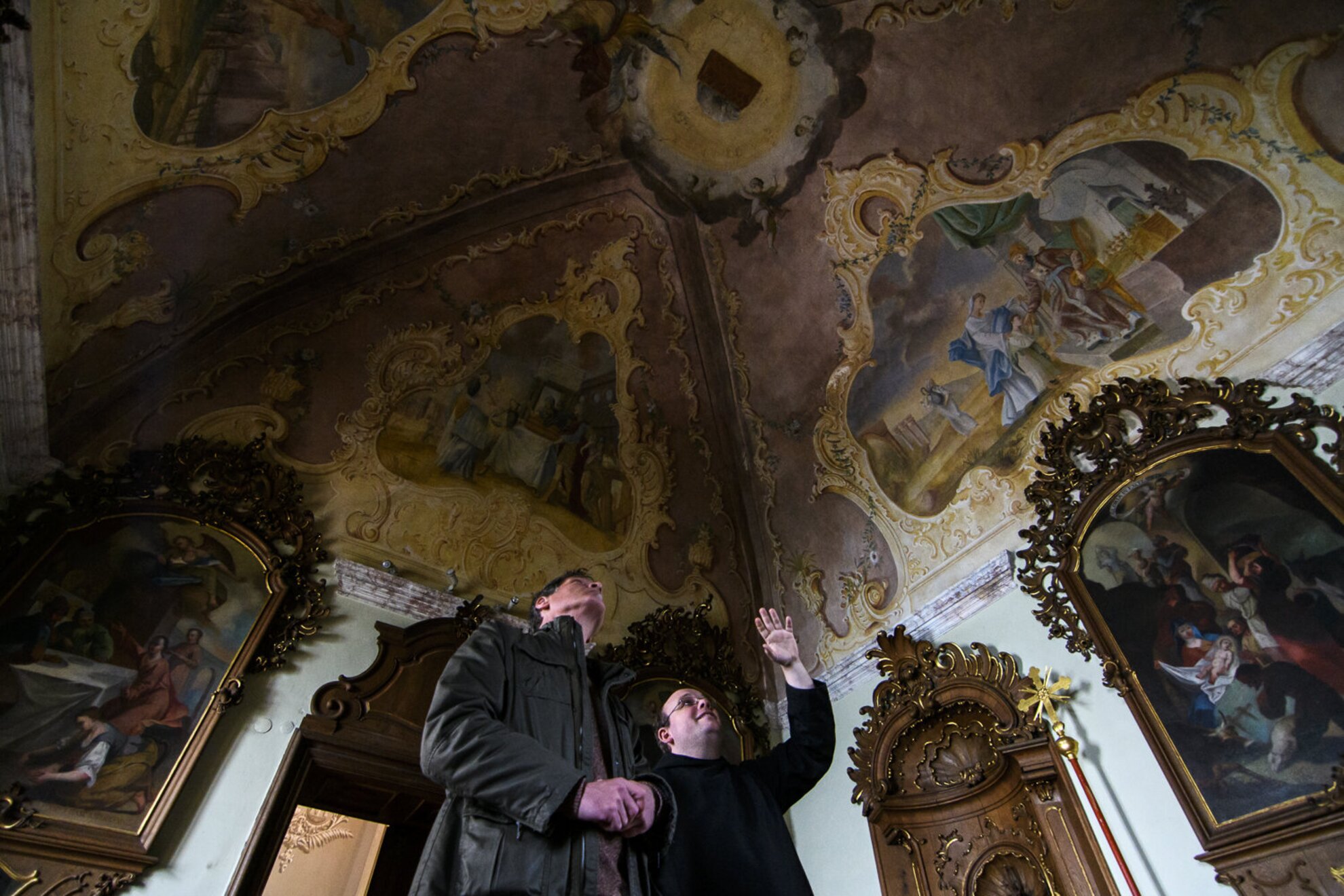
Walking along the monastery’s corridor you reach the monastic chapel: “The opening scene of “A Pogány Madonna’’ was filmed here,” says Father Ágoston, an avid fan of the movie. “The Pagan Madonna” is a comedy starring István Bujtor, famous in Hungary for being the voice of cult Italian actor Bud Spencer. Those who know the movie will notice that the frescos weren’t featured in it, as it was filmed in 1980 – it only showed the whitewashed walls. Opposite the chapel, the monks cultivate herbs in the enclosed monastic garden. As you visit on the guided tour, a sense of Benedictine tranquility mingles with the scent of herbs.
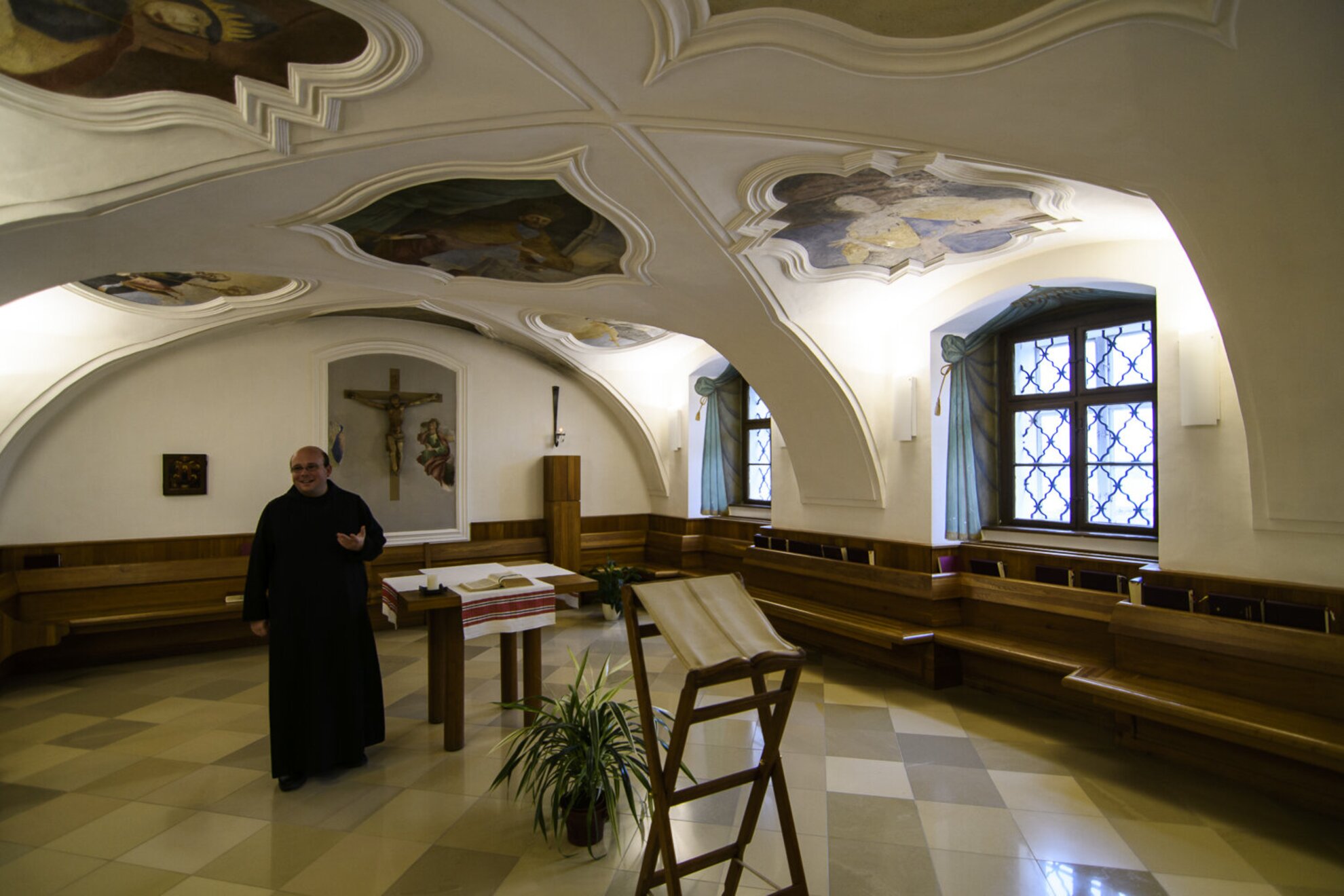
The Abbey Museum also offers a guided tour from spring to November. During winter, you can see a film entitled “At the Table of Monks”. Screened on the cellar walls, the documentary shows the abbey cook preparing renowned Balaton fish, and you can glimpse into the secrets of making liqueur. Although it’s not part of the tour, you can take a little detour to the candle workshop.
After the film, the tour continues to the Rege Confectionery. As Father Ágoston explains: “From October, we started to expand the selection, in time for December”. Other abbey products include Father Gellért’s herbal tea and Tichon beers. The lavender beer is a must-try, as it’s only available in Tihany.
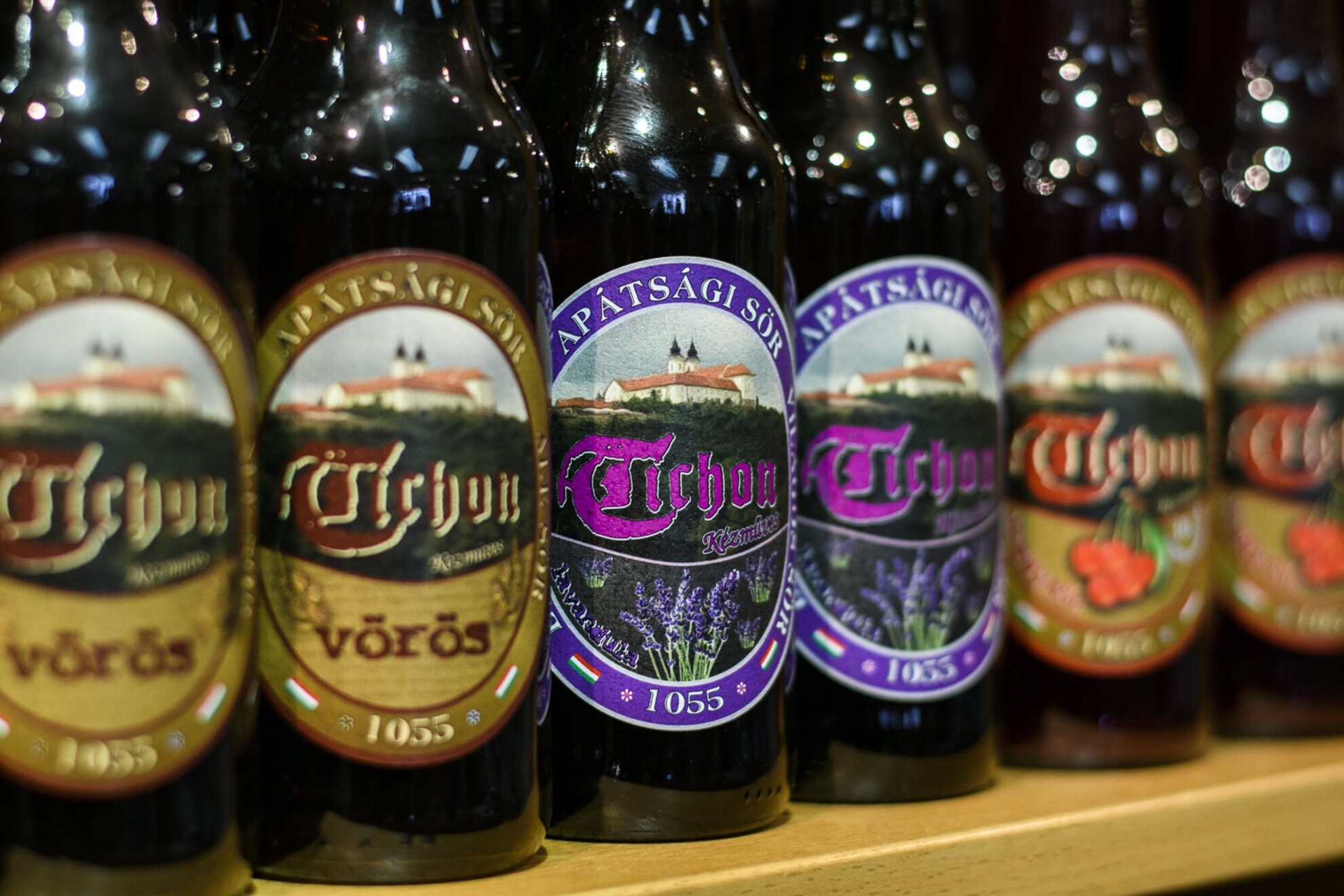
After the tour, you can sit and admire the endless blue of Lake Balaton from the huge terrace, the sun creating a golden shimmer on the surface of the water.
